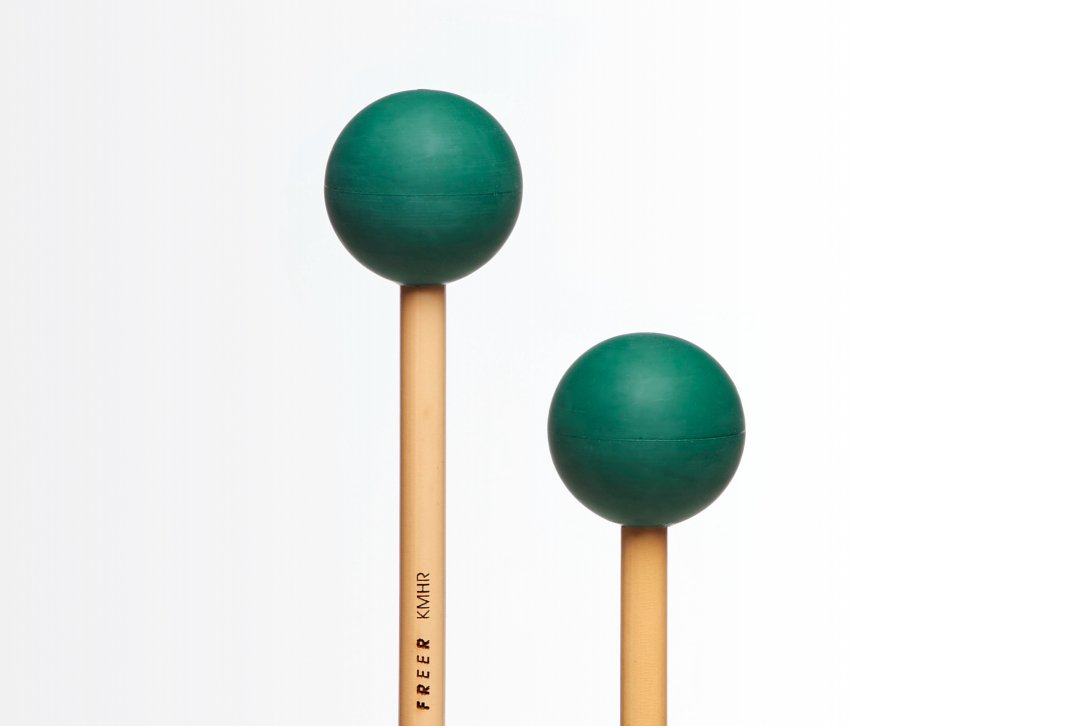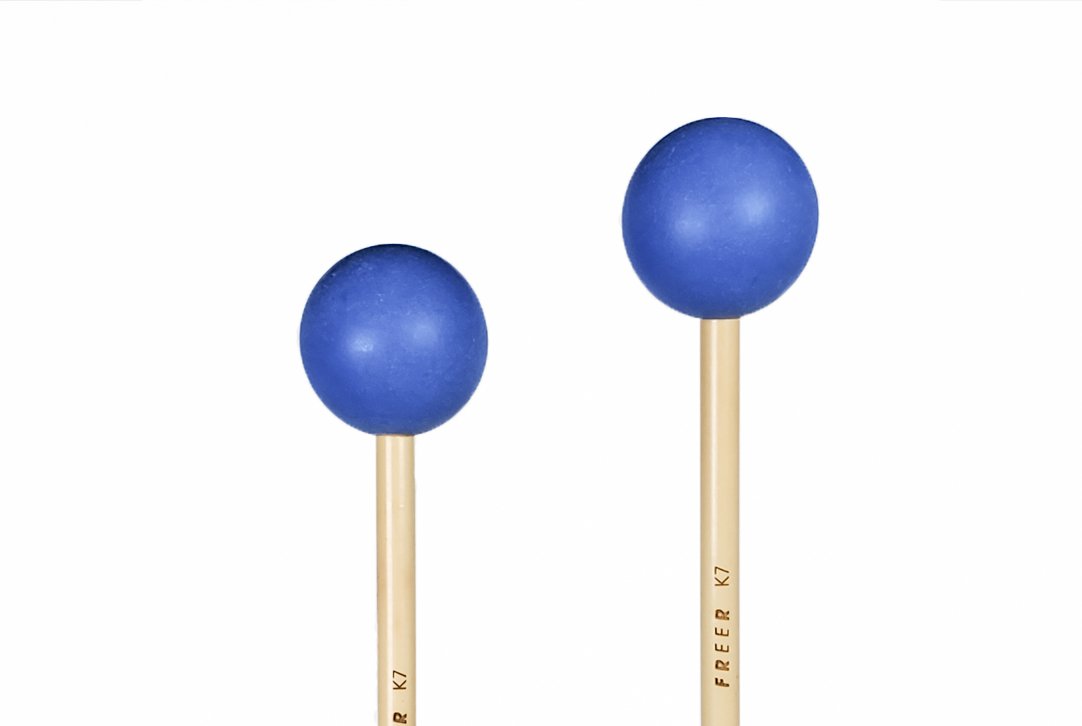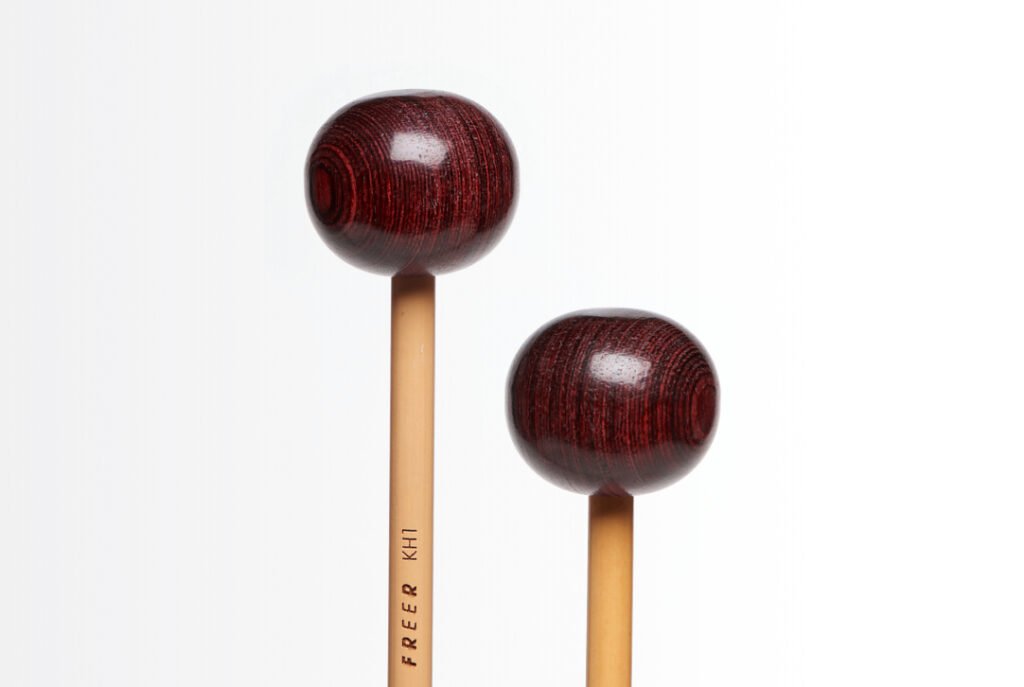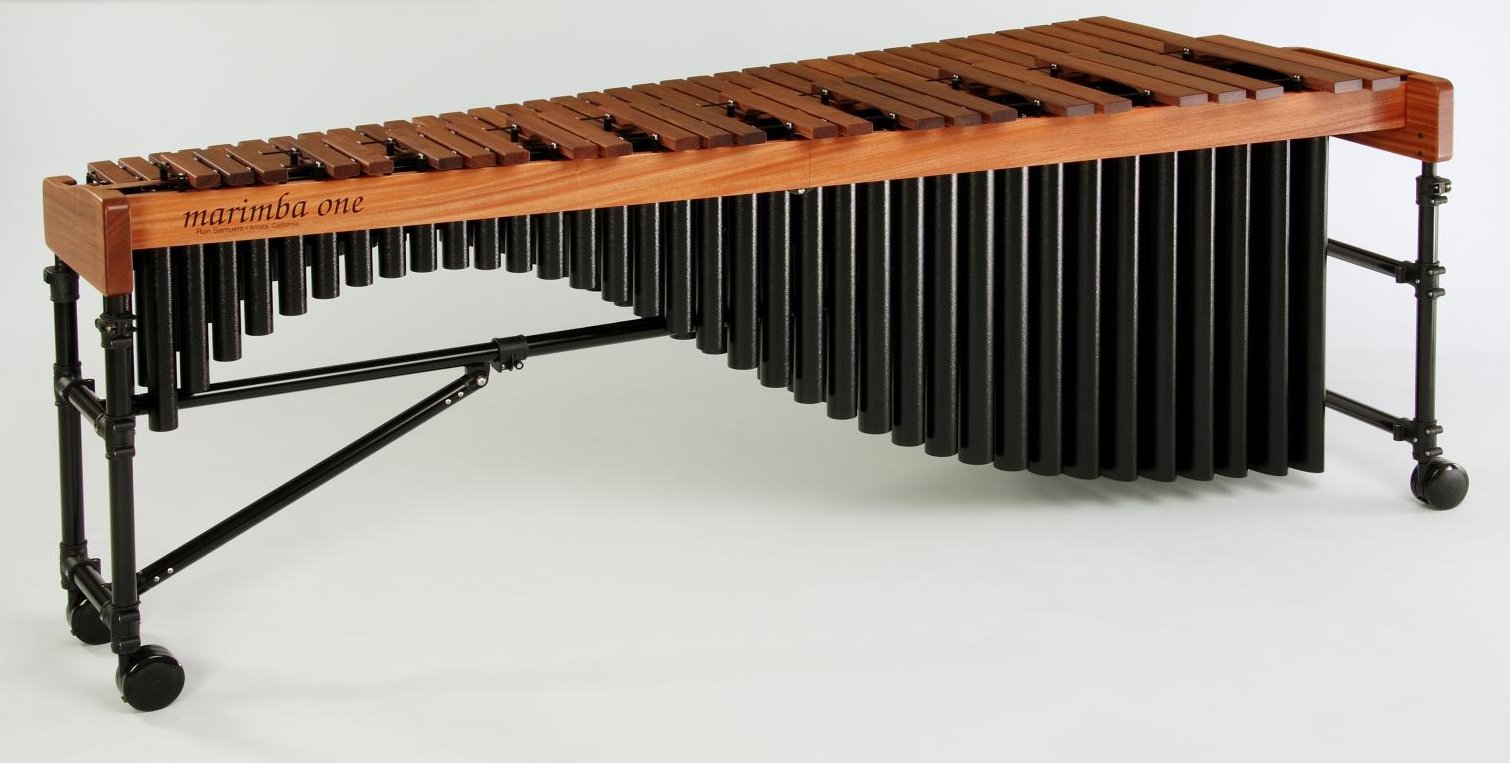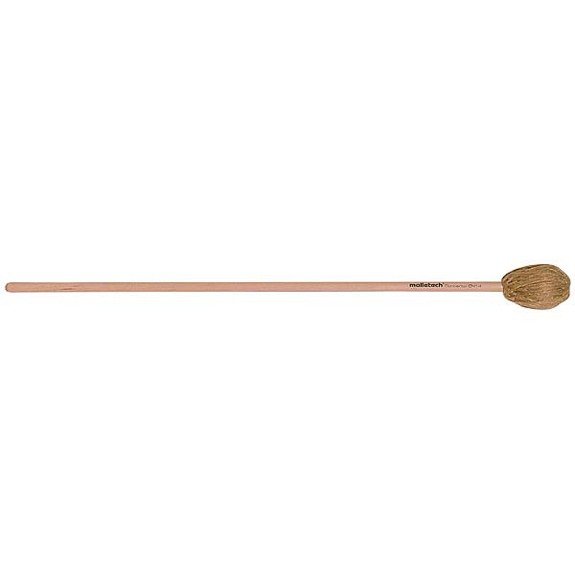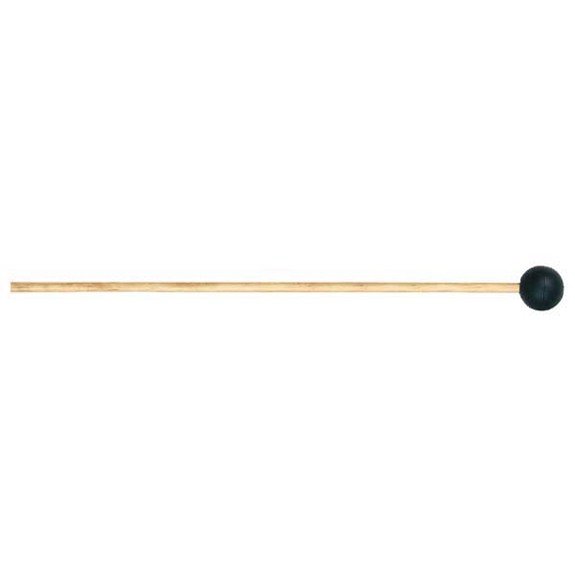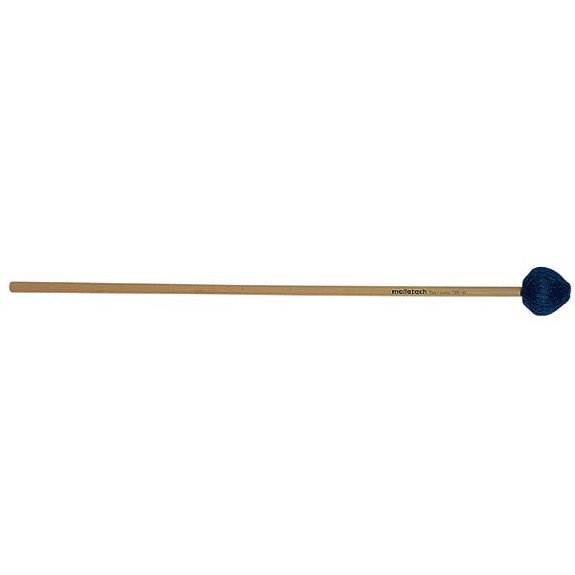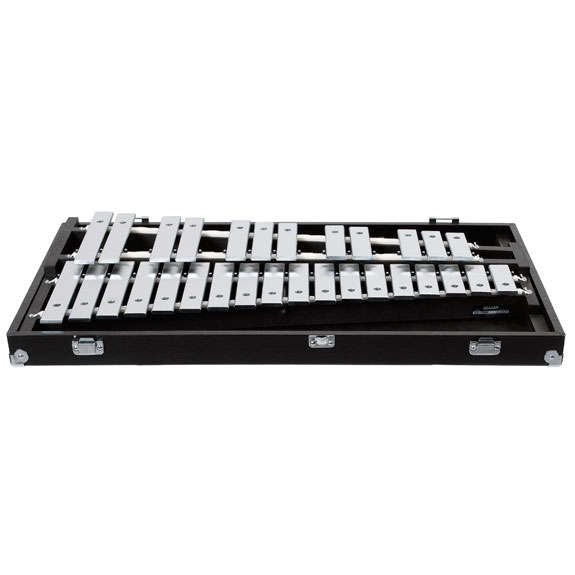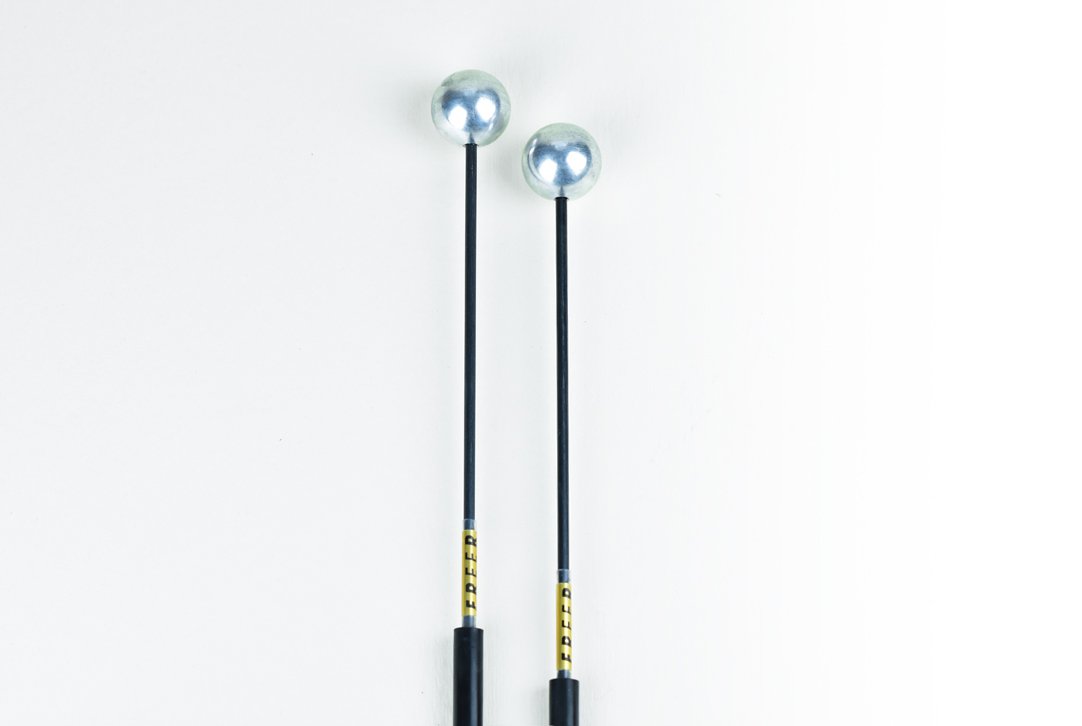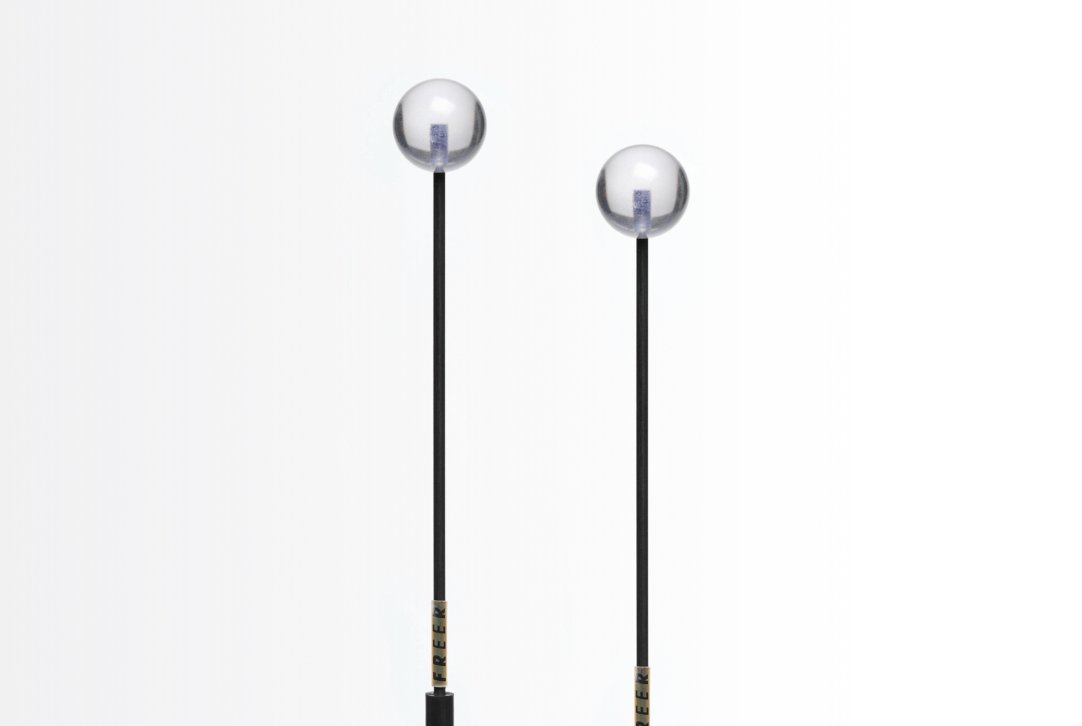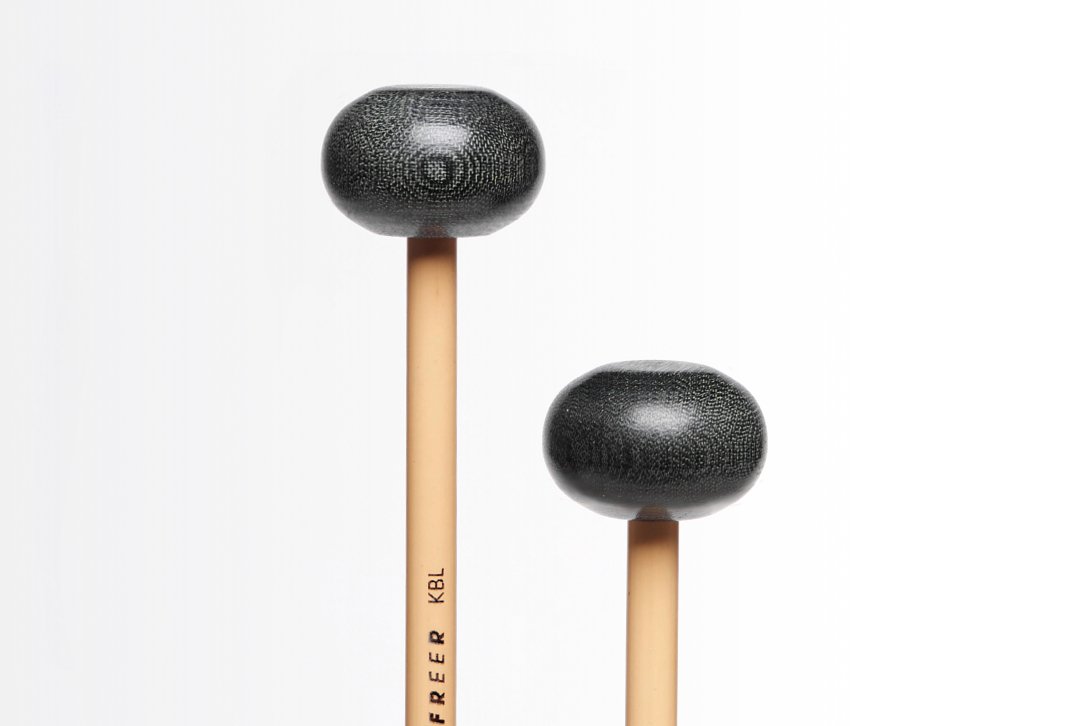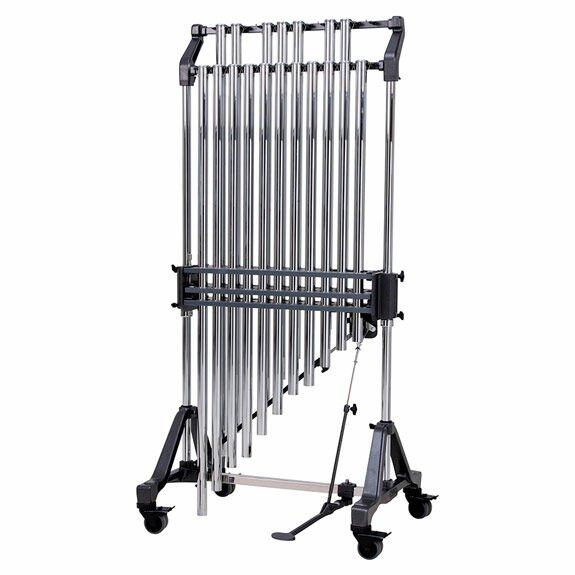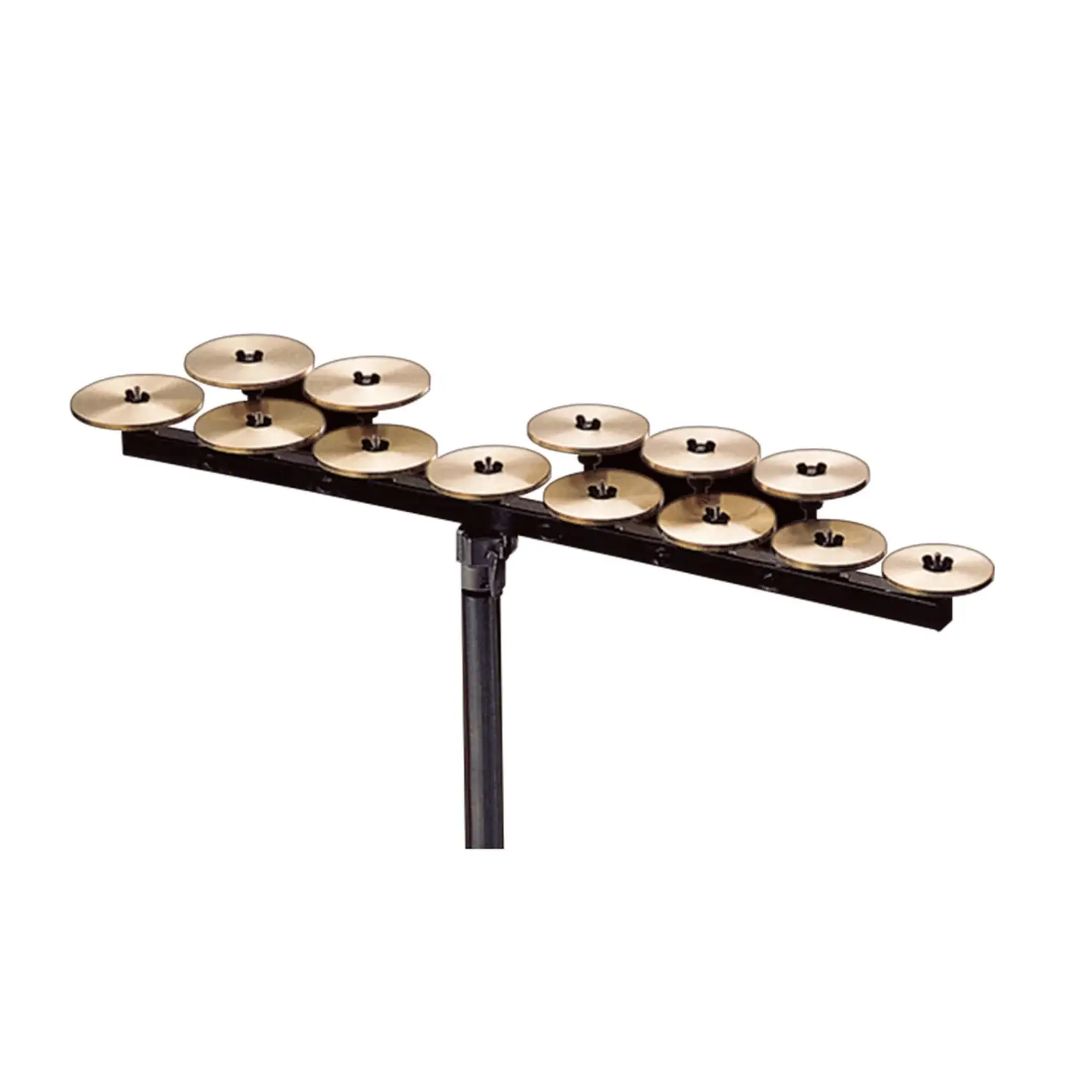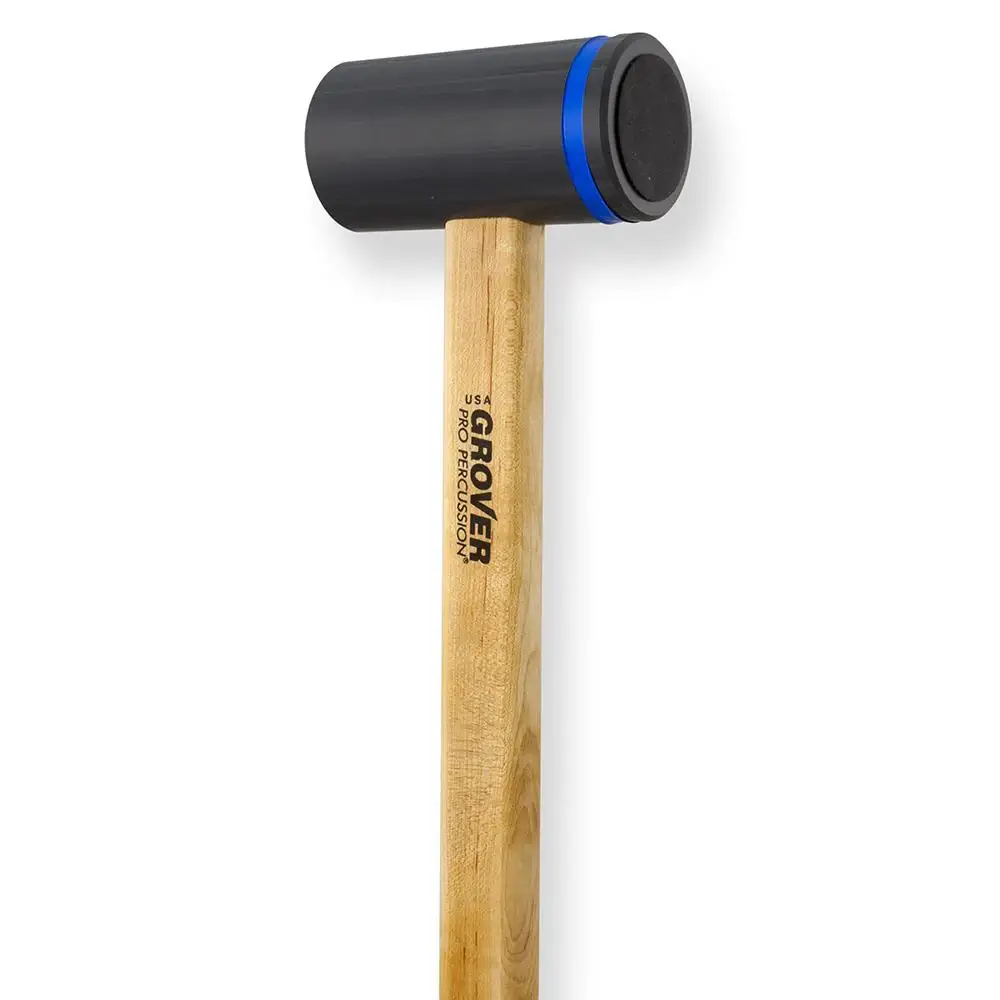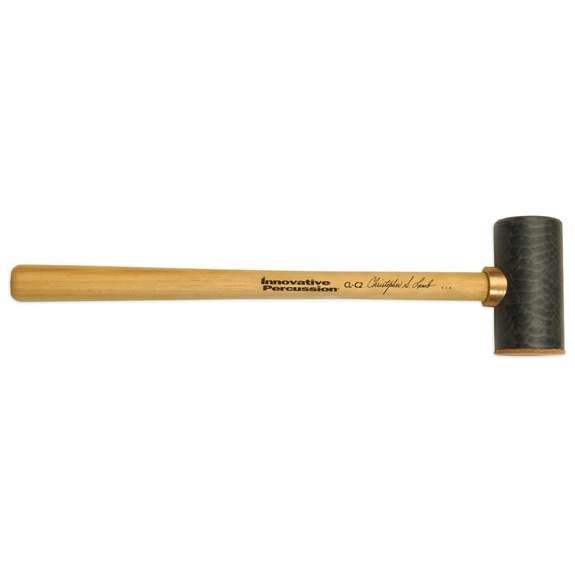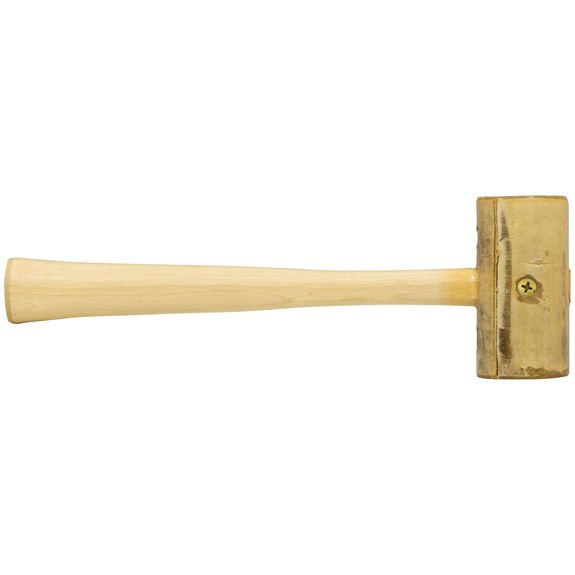Choosing the Perfect Mallet for your Keyboard Instrument
- July 15, 2025
- 8 min read

Choosing which mallet to use on your keyboard instrument is much more important than you might think!
Your mallet choice affects the articulation (hard/soft, light/heavy), color (bright/dark), and effect that you produce so it’s vital you consider the needs of the performance before settling on a pair.
Table of Contents:
- Choosing a Mallet for Xylophone
- Choosing a Mallet for Marimba
- Choosing a Mallet for Vibraphone
- Choosing a Mallet for Glockenspiel (aka bell set/orchestra bells)
- Choosing a Mallet for Chimes & Crotales
Choosing a Mallet for Xylophone
When deciding on xylophone mallets, our choices are generally going to be rubber, plastic or wood. Any material harder than this, and you’ll damage the instrument.
General rule: never play with mallets made of materials harder than the instrument you play on.
Rubber is softer and warmer while plastic or wood will be a more articulate and sharper sound. In a concert setting, at a beginning or community band level, your xylophone will typically be written to be a unique and articulate tone, so choose a harder material (plastic or wood).
Choosing a Mallet for Marimba
Marimba is quite different than xylophone. The bars of a marimba are thinner than the xylo, so you don’t want to play with wood, or you risk damaging the board.
Yarn, cord, or rubber are our choices.
Rubber is typically used [on marimba] only if you want a specific sound or effect.
Most of the time you’ll be using yarn. The sound color of the mallet depends on the type of yarn that the mallet is made of or how tightly wound that yarn is. The shafts of these mallets are generally made of birch.
For lower octaves, we want to use a puffier and softer mallet to create a darker sound. Check out this video of me playing a movement from Bach’s first Cello Suite to hear this darker sound.
Choosing a Mallet for Vibraphone
Vibraphone mallets will either be cord or rubber, though I’ve never used rubber on vibes before.
The articulation level depends on the mallets you have available, so experiment with different ones and decide which sounds best for the situation.
Vibe mallet shafts are typically made of a wood that is more bendable than birch, called rattan [/rəˈtæn/], which is useful for muting individual notes on the vibraphone.
Choosing a Mallet for Glockenspiel (also known as the bell set or orchestra bells)
The glockenspiel mallet materials we have are brass, aluminum, plastic or phenolic. Characteristically, the glockenspiel is a bright and sharp sound, so you want your materials to match that articulation.
Choosing a Mallet for Chimes & Crotales
Mallet choices for chimes are plastic, rubber, felt, and rawhide.
Crotales utilize the same mallets as glockenspiel.
Chimes:
Crotales:
Mallet takeaway
The big takeaway: make informed musical choices.
If you choose a specific type of mallet, know why you chose that mallet, and be open to experimenting with other types of mallets when the time arises.
If you found this blog helpful, tell me on Instagram, YouTube, Facebook or you can even donate as low as $3 to my Ko-fi to support me as I continue doing this work!
Until next time, happy practicing!


